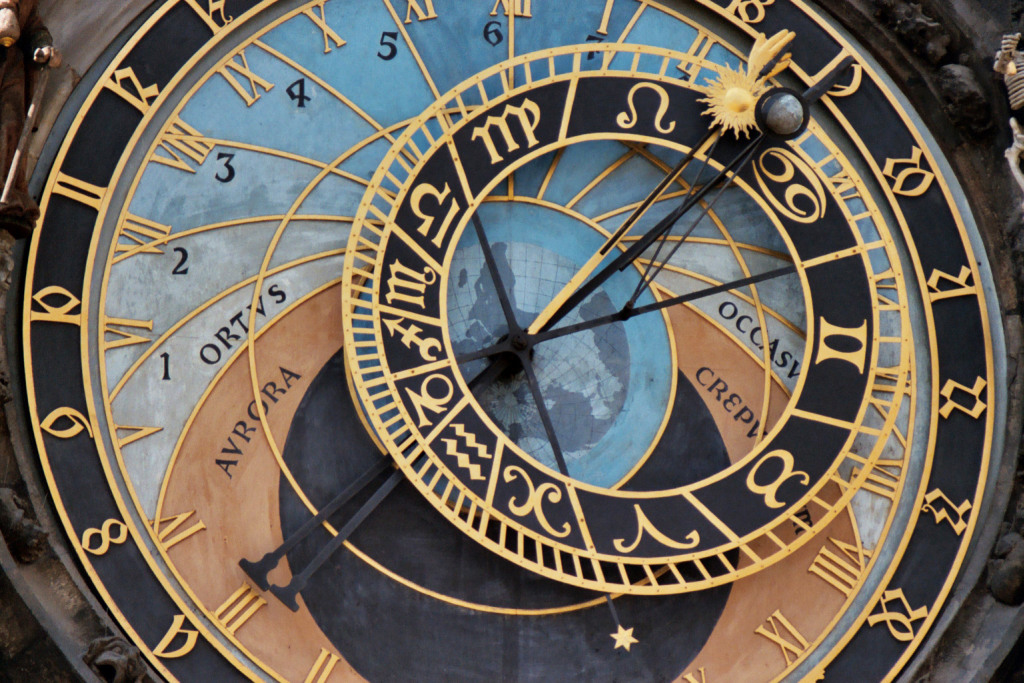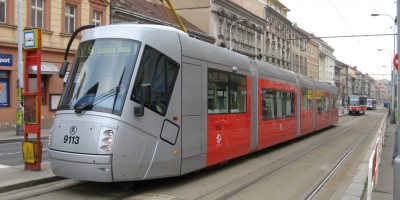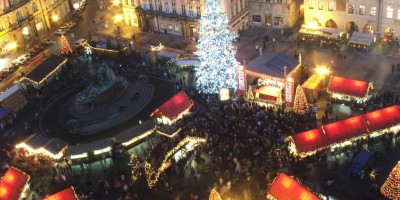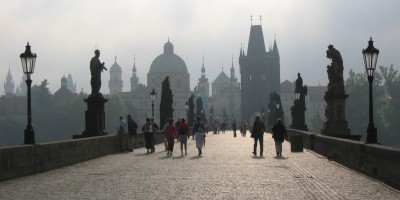Let’s see how history unfolded:
In the 9th century, the Prague Castle was constructed by Prince Borivoj. He belonged to the Premyslid Dynasty, and this was the beginning of Prague. It also is the time when Christianity found its way to Prague.
In the 10th century, the start of new architecture began with the laying of the foundations for the Vysehrad Castle and the St. Vitus Rotunda.
In the 11th century, Vratislav II became the first King in Czech Republic but remained under the command of the Roman Empire and Germany.
 From then up to the 14th century, building were constructed and a city was beginning to grow. The 14th century is known as the Golden Age of Prague. The city became the most successful and prosperous of all European cities and the cultural center for Central Europe.
From then up to the 14th century, building were constructed and a city was beginning to grow. The 14th century is known as the Golden Age of Prague. The city became the most successful and prosperous of all European cities and the cultural center for Central Europe.
With the huge success of Prague, it is no wonder that in the 15th century the Hussites started a war with the Roman Catholic Church which lasted for almost 20 years. The devastation of the war destroyed much of the treasure of Prague and even the Prague Castle was not spared.
Then in the 16th century, Prague began to rebuild and reinvent itself, starting a Second Golden Age. This is a tribute to the versatility and endurance of the people of Prague, who refused to bow down to the depression of the 15th century events.
During this time, many new recreational sites were made like the Belvedere and the Royal Garden. Prague also became known as the “Magic Prague” because of the onslaught of science and alchemy.
In the 17th century, Protestantism began to show although they were not successful in unseating the Roman catholic Church. Nevertheless, darkness and gloom pervades the city and the Doba Temn Age (Dark Age) began.Prague became less important and again the Prague Castle started to fade in luster and even in appearance and power.
Then in the 18th century, a revival began, and Prague sprung back to life. The culture, language and people started to believe in themselves and worked towards creating a grand city once more.
This lead to the Industrial Revolution in the 19th century with the railway from Prague to Vienna. With the growing success of the city, more Czech moved into Prague and history will show that with the migration of more skilled and talented people, Prague flourished.
 The National Museum opened in 1890, and the National Theater opened its doors in 1868.
The National Museum opened in 1890, and the National Theater opened its doors in 1868.
When the Austro-Hungarian empire fell in 1918, Prague became the Golden City because the Prague Castle was reborn with the first president of Czechoslovakia, Tomas Masaryk, holding office here.
With the advent of World War II, Prague became a victim by being occupied by the Nazi from 1939 to 1945. In 1948, the Communist Party took control with a coup d’etat. Their reign ended only in the historic date, November 17, 1989, when the Velvet Revolution started. Czechoslovakia became a democratic country and in 1993 split into two separate and independent countries, Czech Republic and Slovakia.
In 1993, Prague became the capital city of the new Czech Republic. In May 1, 2004, it was accepted into the European Union.



